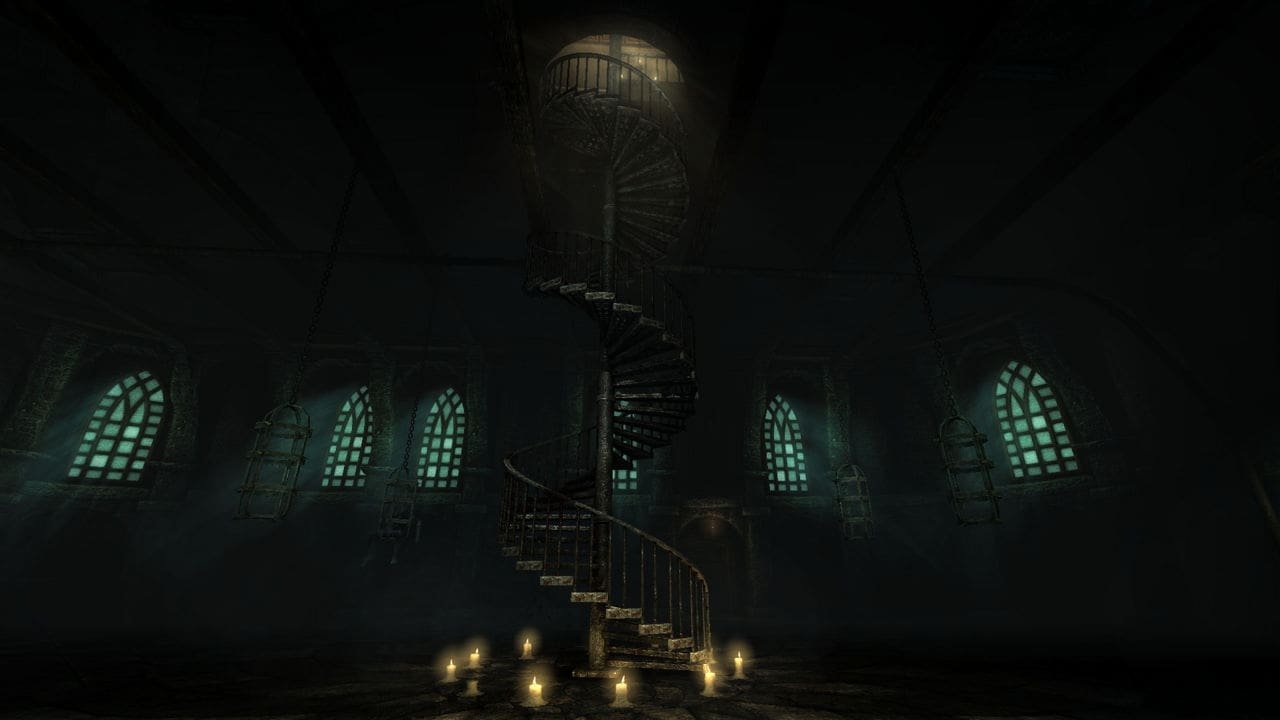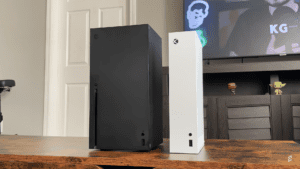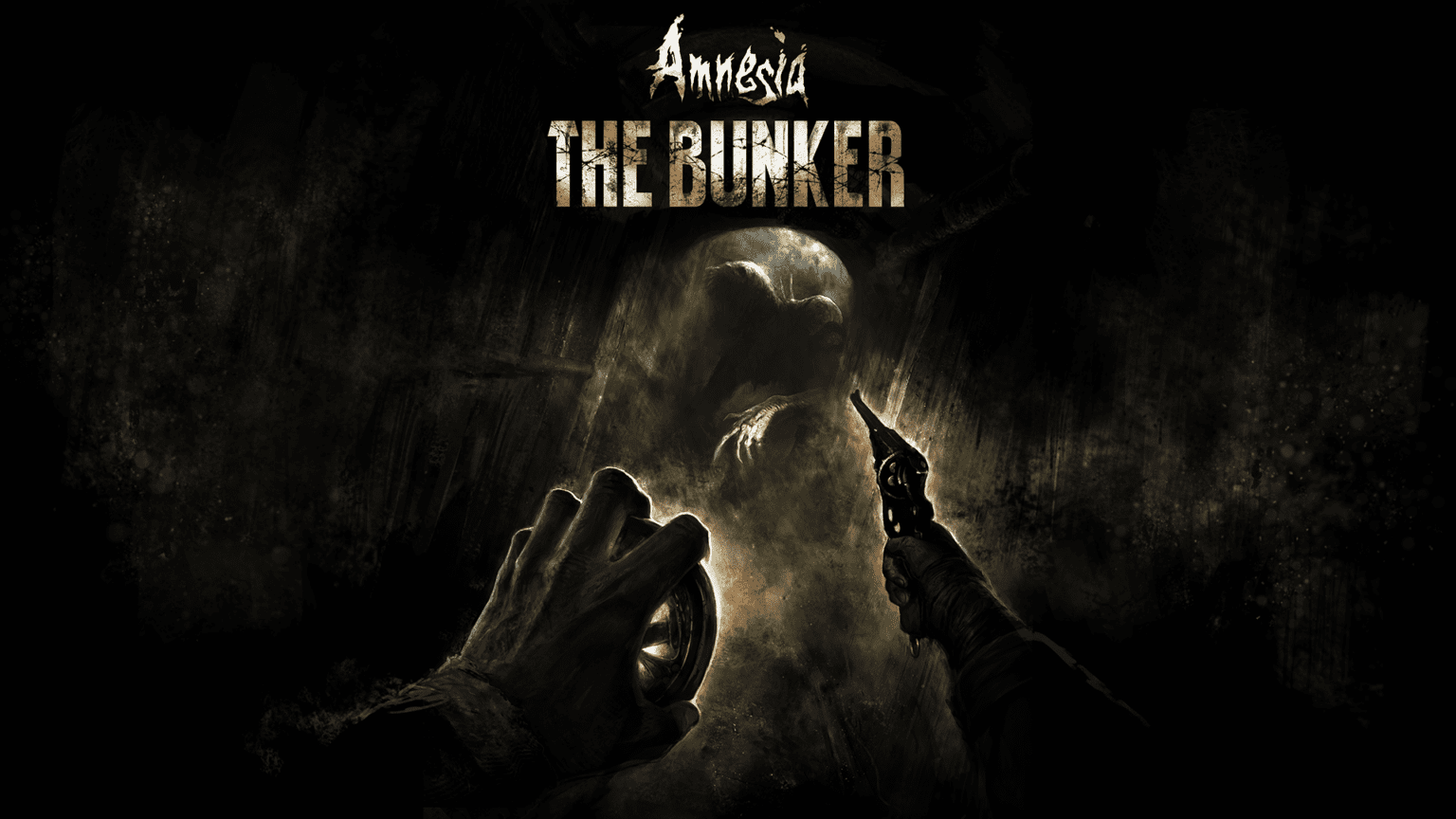Darkness. It has struck fear in all of us at some point in our lives. Darkness inhibits one of our senses and brings on a sense of the unknown because we can no longer be sure of our environment. This is what makes it such an invaluable tool for horror. It is a primordial fear and a means to hide all the monsters that can jump out at you.
What separates good horror games from the mediocre is how well they capitalize on darkness and what twists they can put on that. Amnesia is one such game series that started by building on the fear that darkness can bring. With Amnesia: The Bunker around the corner, we take a look at what made the Amnesia games terrifying and how this new instalment will fit into the series.
Playing with sanity
Survival horror games have some very specific characteristics. Often, the characters we play have a limited ability to engage in combat or direct confrontation. This means that to survive a horror situation, the players have to be hyper-aware of our surroundings. We have to look for resources, solve problems, and find new paths, all while we avoid the ‘bad guys’ and try to stay alive. It is the perfect storm to build anxiety and stress.
In that environment, every sound can be a warning. Every movement is the enemy. Our attention, our waiting for the other shoe to drop, tricks our brains into being more scared. In this environment, Amnesia: The Dark Descent, the first game in the series, upped the game. They gave us a character, Daniel, who couldn’t remember anything and thus couldn’t give us any context. And they used Daniel’s fear to weaponize darkness in a new way. Every time Daniel had to enter a dark area, they succumbed to fear which led to them losing their grasp on sanity.
Think of your blood rushing in your ears when you were scared. It was the same for Daniel. He would begin to hyperventilate, and his vision would blur. It became harder to move around the longer you were in the darkness. It was terrifying and resulted in me taking too long to finish the game. It took that childhood fear and amplified it. In the later games, darkness doesn’t have as much of an impact, but the fear is still paralyzing.
Resource management is a big part of these games. It is the reason to go out into the scary world, to find fuel and potions, and is a big part of finding our way to safety. But for me, the sanity and fear elements were what made such a large impact. It was the first time that I had a visual representation of what I felt when I was scared. It did make the game almost impossible to play. But it also made the journey and the completion of the same that much more satisfying. Enough, that years later I can clearly visualize what the game felt like. That sense of suffocation and fear is clearly linked to my associations with the game.

A change in the game
A few days ago, Frictional Games released gameplay footage for Amnesia: The Bunker. It was surprising to realize that this game did not have a fear or sanity mechanic. The first sequel, A Machine for Pigs, had done the same thing and was poorer for it. It never really capitalized on fear and vulnerability even when the story developed those feelings. That being said, the gameplay did feature some interesting elements that could still engage with our fear.
For starters, even though our protagonist is still struggling with his memory, he is more ‘combat’ capable than the average Amnesia protagonist. The Bunker follows a French Soldier, Henri Clement, who is trying to find his way out of a bunker while World War 1 rages around him. The bunker is filled with mysteries, including a beast that is tracking him. As a soldier, he can stand up to confrontation and can thus use tools as weapons. This does change the dynamic a bit. While we still need to hide from the enemy that stalks us, we will be able to use a revolver to defend ourselves. Of course, ammo will be hard to come by and we will need to be incredibly accurate.

This by itself won’t create a change. After all, many major survival horror games have embraced combat, from Dead Space to Resident Evil. Where it gets interesting is in the semi-open world and the fact that the game is going to procedurally generate resources and clues. This means there is no way to predict what you are going to find. There will be no way to peek ahead for help. Nor will you be able to repeat your experience when you replay the game. Your experience will be completely your own, shaped by how you react to the game.
This won’t have the same immediate impact on your experience as the fear mechanic. But as the game gets harder, the beast inches closer. As you get stumped by a problem, within this world of the internet and easy solutions, this could be a fun way to realize how isolated you are within the game.

You will find yourself in the flickering darkness, racing away from an enemy that is growing closer, with no way to predict or guess if you will find the fuel you need to restart the generator. Do you have the clues, keys, or tools to open the next door? You can race back to a safe zone at the center of the bunker, but what resources are you leaving behind? How long can you stay there if you are going to ever get Henri out?
It does look like it would be terrifying. However, will it be an Amnesia game? The only way to know how this game will stand up to the series is to wait and play it. The Bunker could become the new face of Amnesia. The dynamism of the world could be a new direction for the usually linear survival horror genre. Or it could make it glaringly obvious that the fear mechanic needs to return.





